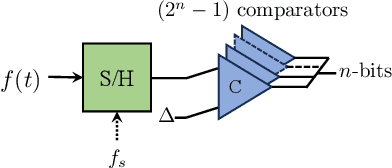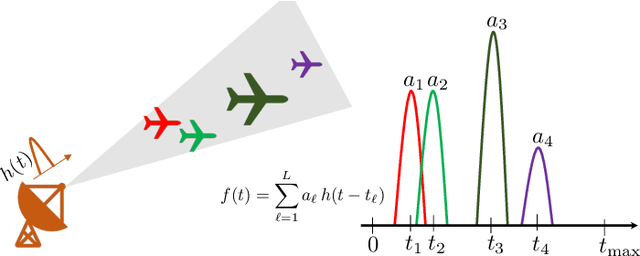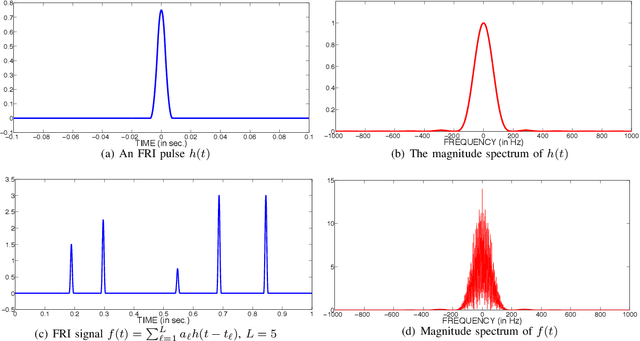Arman Tan
Power-Efficient Sampling
Dec 18, 2023



Abstract:Analog-to-digital converters (ADCs) facilitate the conversion of analog signals into a digital format. While the specific designs and settings of ADCs can vary depending on their applications, it is crucial in many modern applications to minimize their power consumption. The significance of low-power ADCs is particularly evident in fields like mobile and handheld devices reliant on battery operation. Key parameters of the ADCs that dictate the ADC's power are its sampling rate, dynamic range, and number of quantization bits. Typically, these parameters are required to be higher than a threshold value but can be reduced by using the structure of the signal and by leveraging preprocessing and the system application needs. In this review, we discuss four approaches relevant to a variety of applications.
 Add to Chrome
Add to Chrome Add to Firefox
Add to Firefox Add to Edge
Add to Edge